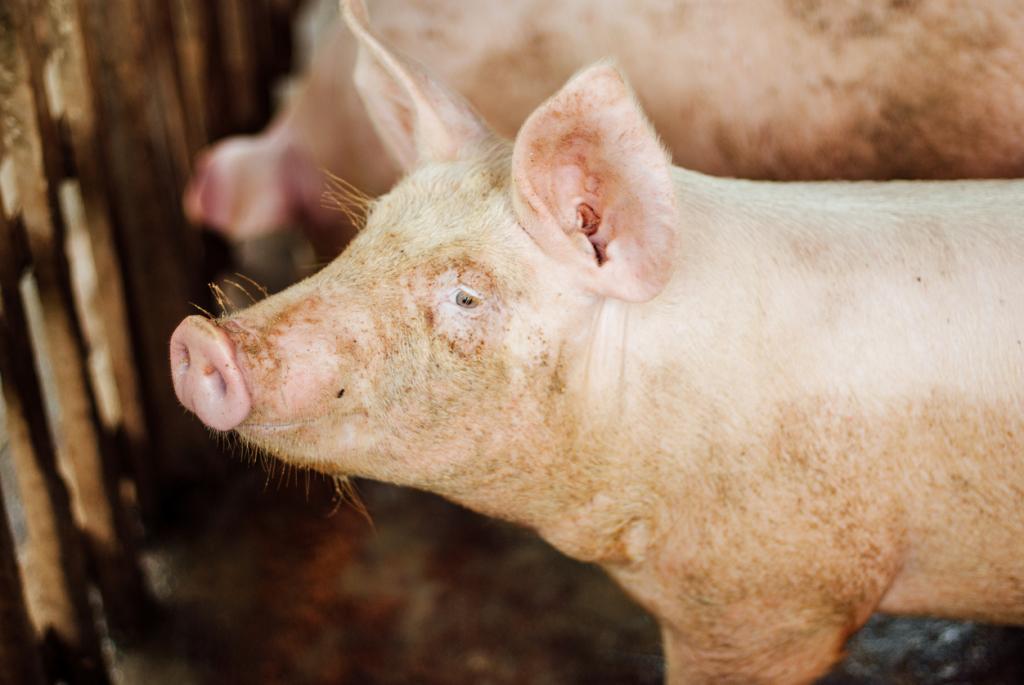Agriculture is a crucial factor in providing resources and food to our ever-growing population. But, the risk of pests, diseases, and biosecurity threats also pose an enormous threat for the long-term sustainability and efficiency of the farms we cultivate. Biosecurity in the farm is a variety of measures and practices designed to prevent, detect and limiting the spread and spreading of dangerous organisms. With the help of biosecurity practices that are robust Farmers can protect their livelihoods, safeguard the health of animals and plants, as well as contribute to the general resilientness of our agricultural system.
The primary protection for farms in biosecurity is to maintain strict control of the access and movement of people or animals as well as machinery on and off the farm. This includes implementing policies for visitors that include identified entry points, as well as giving appropriate training in biosecurity for farm employees. In limiting the chance of being a vector for pests and diseases through outside sources farming families can reduce any potential negative impact to their crops, livestock and the overall operation of their farm.
Monitoring and detection at an early stage are essential elements of biosecurity on farms. Farmers must be vigilant when watching their livestock and crops to look for indications of illness or an infestation. The prompt identification of any abnormal symptoms or unusual signs to veterinarians or agricultural officials can in preventing the spread of illnesses as well as pests. Utilizing the latest technologies that include remote sensing as well as data analysis aids in the identification of possible biosecurity issues earlier and allowing prompt action and measures for control.

Biosecurity-related practices that are effective extend far beyond the gate of the farm. Communication and collaboration between the government, farmers as well as research institutes as well as industry players are crucial in tackling and managing biosecurity risk on a wider level. sharing knowledge, practices that are best, and findings from research can improve our collective understanding and capability to deal with new risks. Additionally, regularly scheduled training programmes and seminars on biosecurity could inform farmers on the most recent developments and provide them with the required skills for implementing efficient prevention steps. For more information please visit here https://sunzencorp.com/
The development of a biosecurity strategy that is specific to farms is crucial. Each farm’s unique features and issues, so a standard approach to biosecurity may not be sufficient. Making a risk assessment in order to find potential weaknesses, which includes taking into account the proximity of high-risk zones, reviewing the health history of animals and plants and the infrastructure of farms to help create custom biosecurity programs. The plans must include precautions like quarantine protocols as well as vaccination techniques including biocontainment and quarantine facilities as well as sanitation practices to reduce the possibility of spreading disease.
Integrating biosecurity precautions along with high-quality agricultural practices could help improve the overall management of the farm. Implementing practices like disposal of waste, routine sanitation and cleaning of equipment and the appropriate application of pesticides could lower the risk of the introduction or spread of dangerous organisms. In addition, encouraging biodiversity, applying cycles of crop rotation and sustaining an ecologically healthy environment can lead to a more resilient farm that is more resistant to outbreaks of disease.
